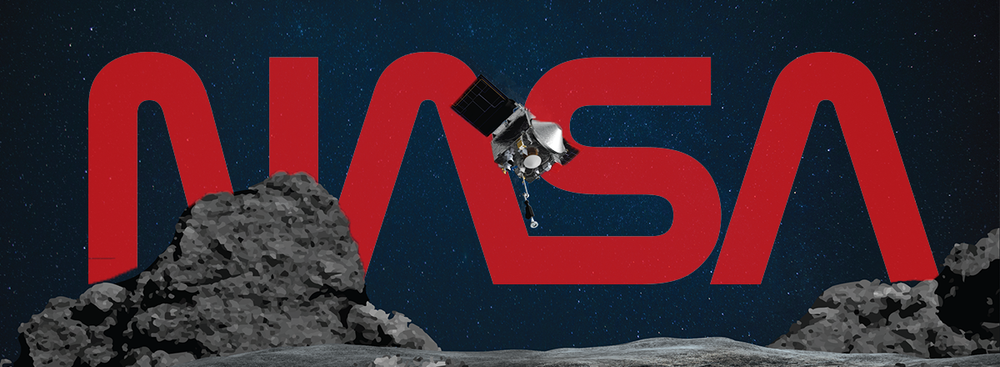Last week, NASA’s OSIRIS-REx asteroid sample return mission successfully touched Bennu asteroid and collected pebbles and dust samples from the celestial body. The mission’s aim was to grab enough asteroid material, ideally about 2 kilos of it, and deliver it to Earth to then help scientists study the samples and better understand the origins of the universe and our solar system as asteroids like Bennu might have seeded Earth with water and other building blocks for life. Compounds that are found on the surface of Bennu have probably been unchanged for billions of years, so studying them will reveal the principles of the formation of planets and our universe.
NASA’s OSIRIS-Rex probe collected samples from Bennu on October 21 from a minimum height using a regolith sampling system called the Touch-And-Go Sample Acquisition Mechanism (TAGSAM), an 11-foot robotic arm with a special container.
On Friday, NASA reported that its robotic spacecraft had succeeded in collecting a large sample of particles from Bennu asteroid. However, something unexpected happened: the spacecraft lost part of the collected material intended to be sent to Earth.
Yesterday, the OSIRIS-REx team received images of the spacecraft’s sample collector head brimming with regolith. So much sample was collected that some of it is actually slowly escaping the sampling head. More details: https://t.co/ufUXdotgsO pic.twitter.com/2wINd1Tk2g
— NASA's OSIRIS-REx (@OSIRISREx) October 23, 2020
“We are working to keep up with our own success here, and my job is to safely return as large a sample of Bennu as possible,” said Dante Lauretta, OSIRIS-REx principal investigator at the University of Arizona in Tucson, who leads the science team and the mission’s science observation planning and data processing. “The loss of mass is of concern to me, so I’m strongly encouraging the team to stow this precious sample as quickly as possible.”
NASA explains that this happened due to the fact that the probe collected several hundred grams more materials from the asteroid's surface than expected. OSIRIS-REx is said to have collected nearly 400 grams of sample material, which is far more than the expected minimum of 60 grams.
This was due to the fact that the robotic arm penetrated into the surface a little deeper than calculated. The collected particles began to fly out of the container, since, due to larger rocks, its lid simply could not close tightly and created a leak. The only thing that can be done in this situation is speeding up the container’s transfer to a sealed capsule that will be sent to Earth.
As a result, the planned mass measurement has been canceled to avoid the risk of scattering more samples and reduce the spacecraft’s activities. The team in charge of the mission is currently working on quickly stowing the remaining samples and returning them to Earth safely.
The OSIRIS-REx mission is worth $1 billion and was launched in 2016. A year later, the spacecraft made a gravitational maneuver around the Earth, and in 2018 reached the asteroid Bennu.
For the following two years, the probe was engaged in surface studies and mapping using spectrometers and a laser. Completing the mission is scheduled for next year when OSIRIS-Rex will leave the asteroid and head back to Earth. After that, the probe will deploy the descent capsule with the collected material, which will land in the US state of Utah in 2023.
“Bennu continues to surprise us with great science and also throwing a few curveballs,” said Thomas Zurbuchen, NASA’s associate administrator for science at the agency’s headquarters in Washington. “And although we may have to move more quickly to stow the sample, it’s not a bad problem to have. We are so excited to see what appears to be an abundant sample that will inspire science for decades beyond this historic moment.”













